How to choose the right camera for Travel Photography
I am planning to travel to Europe in summer of 2017 with my husband and some non-photographer friends and I began to wonder: Which travel photography camera would be ideal for me to carry on vacation?
Now, if you are a landscape photographer or if you are in the compromised position of sharing your life with one, then you understand the realities of our craft. We are easily distracted by a lovely scene or an interesting subject. We either work slowly and methodically, or we dash about wildly, making our compositions with intense concentration before the light changes. Our camera bags are typically heavy (mine weighs 35 lbs.), and we wouldn’t dream of leaving home without a tripod. These traits do not endear us to our non-photographer travel companions. So, which travel photography camera should I bring with me?
Simplify
After much deliberation, I finally decided that I would only bring a small travel camera kit. I would limit myself to just one travel camera body and one lens. Ok… and a small tripod. But that’s it. Really!
The problem was that my DSLR Canon 5DsR with my favorite 70-200mm lens is anything but compact. It still presented a fairly bulky and heavy package for travel photography. I wanted something smaller, but I was unwilling to give up much image quality.
The first thing I do when faced with such a decision is to create a list of pros and cons… advantages and disadvantages of each camera. Size, weight, price, and ease of use all have to be taken into consideration. And then, when I still had doubts, I asked my landscape photography friends what cameras they prefer for travel photography. True to form, my friends were marvelous in their numerous, diverse, and enthusiastic suggestions and product endorsements.
So, here’s the take-away. In the world of travel photography cameras, there are basically four types of systems to consider: Smart phones, point-and-shoot, mirrorless, and digital SLRs.
Smart Phone Camera for Travel Photography
Yes, I seriously considered this option.
- Pros: One less piece of gear to lug about; I already own one; fits neatly in the pocket; there are tons of fun photo effects apps available; selfies!; it’s easy to share pictures on social media and with family/friends.
- Cons: Not the best image quality; terrible zoom image quality; limited enlargement capability.
- Good Options: Sony Xperia XA Ultra ($330); Apple iPhone 6s ($549); Apple iPhone 7 ($649); Motorola Moto Z Droid Force ($720); Samsung Galaxy S7 edge ($730).
Here are a few photos (found on Visual Wilderness) that were taken with a smart phone camera.
Point-and-Shoot Camera
- Pros: Pocket-able; economical; all-in-one body and lens.
- Cons: Limitations in image quality; small sensor.
- Good Options: Sony RX100 ($398); Canon PowerShot G9 X ($429); Panasonic Lumix FZ1000 ($798); Sony RX100 V ($998).
This image below was made a few years ago in Costa Rica with my point-and-shoot Leica V-Lux 4. This camera is compact with terrific zoom capability and good optics. Shooting in RAW and manual mode turned out to be extraordinarily complicated. However, the camera fits in my tiny purse.
Mirrorless Camera
- Pros: Interchangeable-lenses; compact; great image quality; lightweight; both crop or full-frame sensor options.
- Cons: Cost; heavier than point-and-shoot cameras; electronic viewfinder (I prefer optical viewfinders); absolutely will not fit in your pocket.
- Good Options: Olympus OM-D E-M10 Mark II with 14-42mm and 40-150mm Lenses ($599); Sony a6300 with 16-70mm Lens ($1,796); Fujifilm X-T2 with 18-55mm Lens ($1,899); Sony a7R II (Body Only $2,698 + Sony FE 24-240mm f/3.5-6.3 Lens $898).
Here are a few travel photos found on Visual Wilderness that were captured with a Sony mirrorless camera:
Digital SLRs Camera & Lenses
- Pros: Large sensors; high-quality lens options; highest overall image quality.
- Cons: Cost, bulky, heavy.
- Good Options: Nikon D3300 ($496 with 18-55mm lens); Canon EOS Rebel SL1 ($499 with 18-55mm lens); Nikon D5500 ($697 with 18-55mm lens); Canon EOS 6D ($2,299 with 24-105mm f/4 L lens); Nikon D810 (with 24-120mm lens $4,096).

Digital SLRs offer wonderful image quality and lens options for travel photography, but they are bulky and heavy
Personal Choice
Choosing the right travel camera is a personal decision. What may be a great choice for me might not be a good fit for you. Keep in mind that the more portable the camera, the more likely you are to use it during your adventures. And, unless you are looking to enlarge your images, it might not be that important to have a camera with a large sensor. Finally, it is worth mentioning that renting a camera is a good option. BorrowLenses.com and LensRentals.com both have a wide range of gear to rent; you can try before you buy.
The right travel photography camera
Where did I finally land? I chose the Sony a7R II with a Sony FE 24-240mm f/3.5-6.3 OSS lens. I had been thinking about buying this camera body for some time because I can use it as a back-up body to my Canon 5DsR. Its sensor has exceptional dynamic range and it can be purchased with an optional adapter ring to connect my Canon L-class lenses. It also fits neatly alongside my Canon 5DsR in the bag for future landscape and travel photography trips.
So, in addition to getting a great travel photography camera, I’m also getting a great night photography camera and back-up camera. The Sony FE 24-240mm f/3.5-6.3 OSS lens that I purchased to use as a travel lens with the Sony a7R II is not the sharpest piece of glass I own, but it encompasses a broad range of focal lengths; I don’t need to bring extra lenses on my trip.
I am also packing my small tripod — a Gitzo Traveler 1545T. I removed the center post on the tripod to make it lighter. This also allows it to be positioned very low to the ground. The Gitzo fits inside my small backpack along with extra batteries, a polarizing filter, three neutral density filters, and a remote shutter release.
For the most part, I’m not expecting to do much traditional landscape photography on this trip, but rather more travel photography; documenting not only the local landscape, but people, cultures, customs, and history. As such, portability and weight were important considerations in my decision. However, I still plan to use my iPhone 6 camera on my travels. After all, what’s a vacation album without a few selfies?
What camera system do you bring on your vacation?

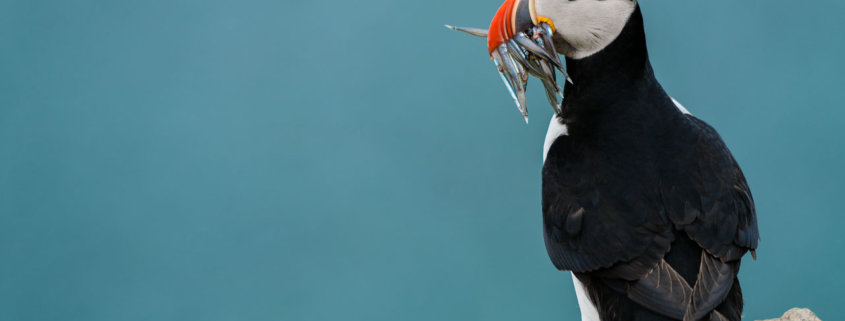







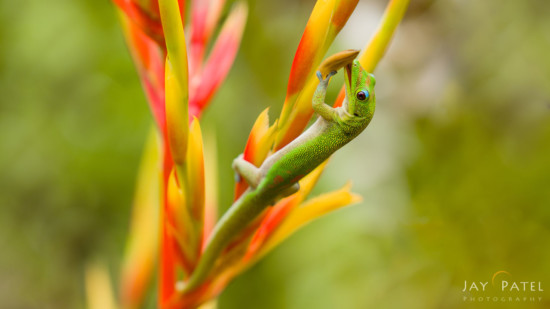


 Copyright © 2018 Ugo Cei
Copyright © 2018 Ugo Cei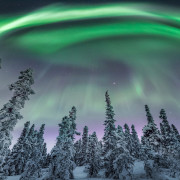
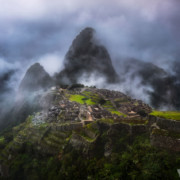
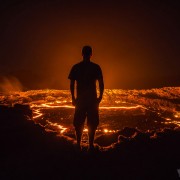



Enjoyed the article. I think a deeper discussion of image size is needed. As a “well-versed landscape photographer”, you likely make some BIG prints that must pass muster with a low life form called pixel-peepers. If a photographer does not have that problem, all cameras mentioned but the iPhone will make great prints up to 36″ wide. l passed on FF DSLRs when they first became available and have not looked back. Check out: http://bit.ly/29z0fLY
I also use the Sony A7RII but take the Sony A6000. With a lens on each camera I can quickly switch from
Close work to long distance. My family is used to me and lets me wander around a town for an hour or two and then meet at a coffee shop we have found. I shoot and they shop. It works.